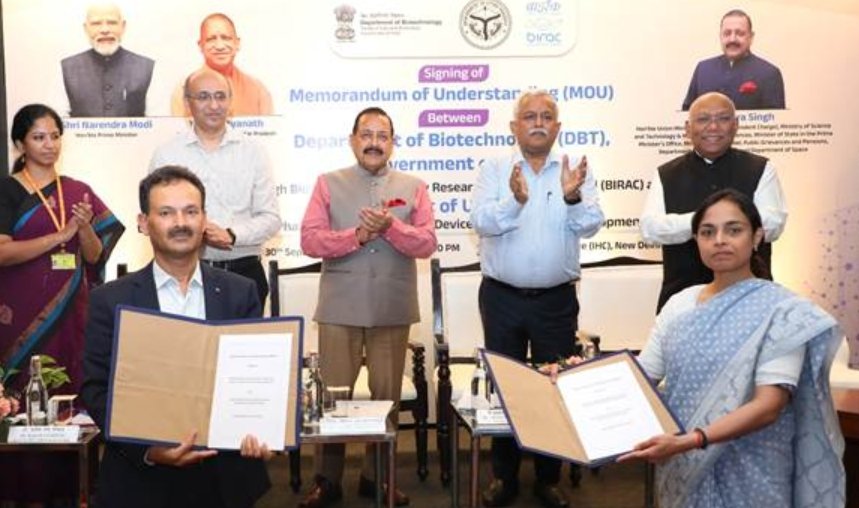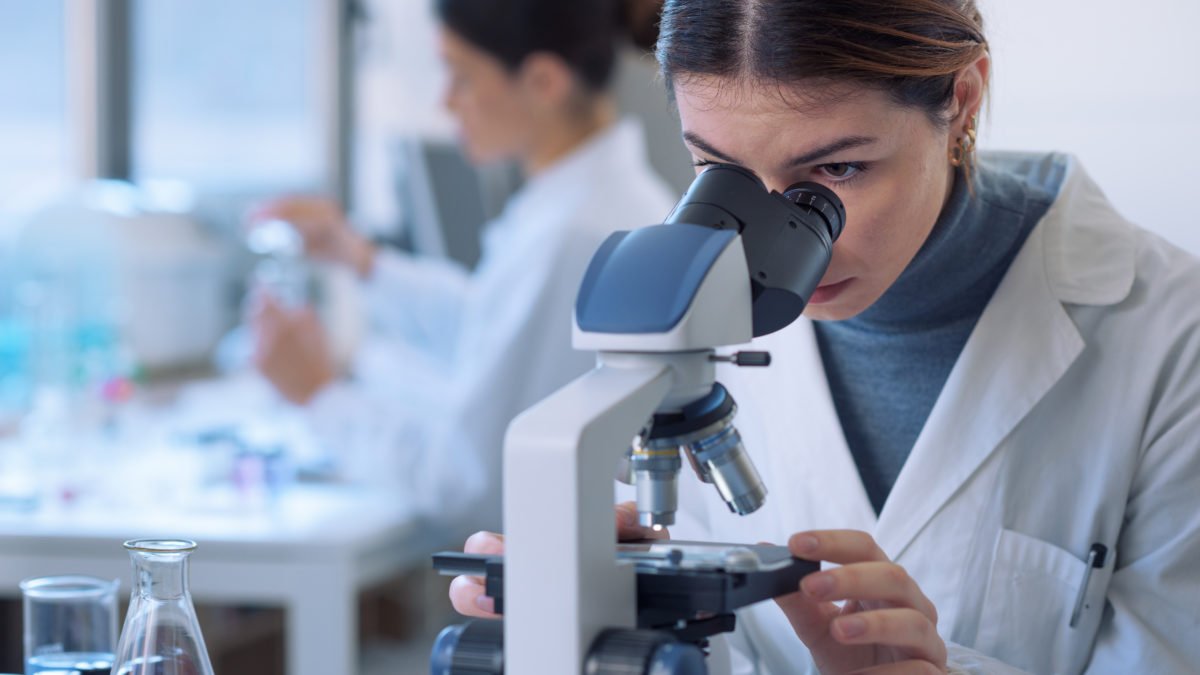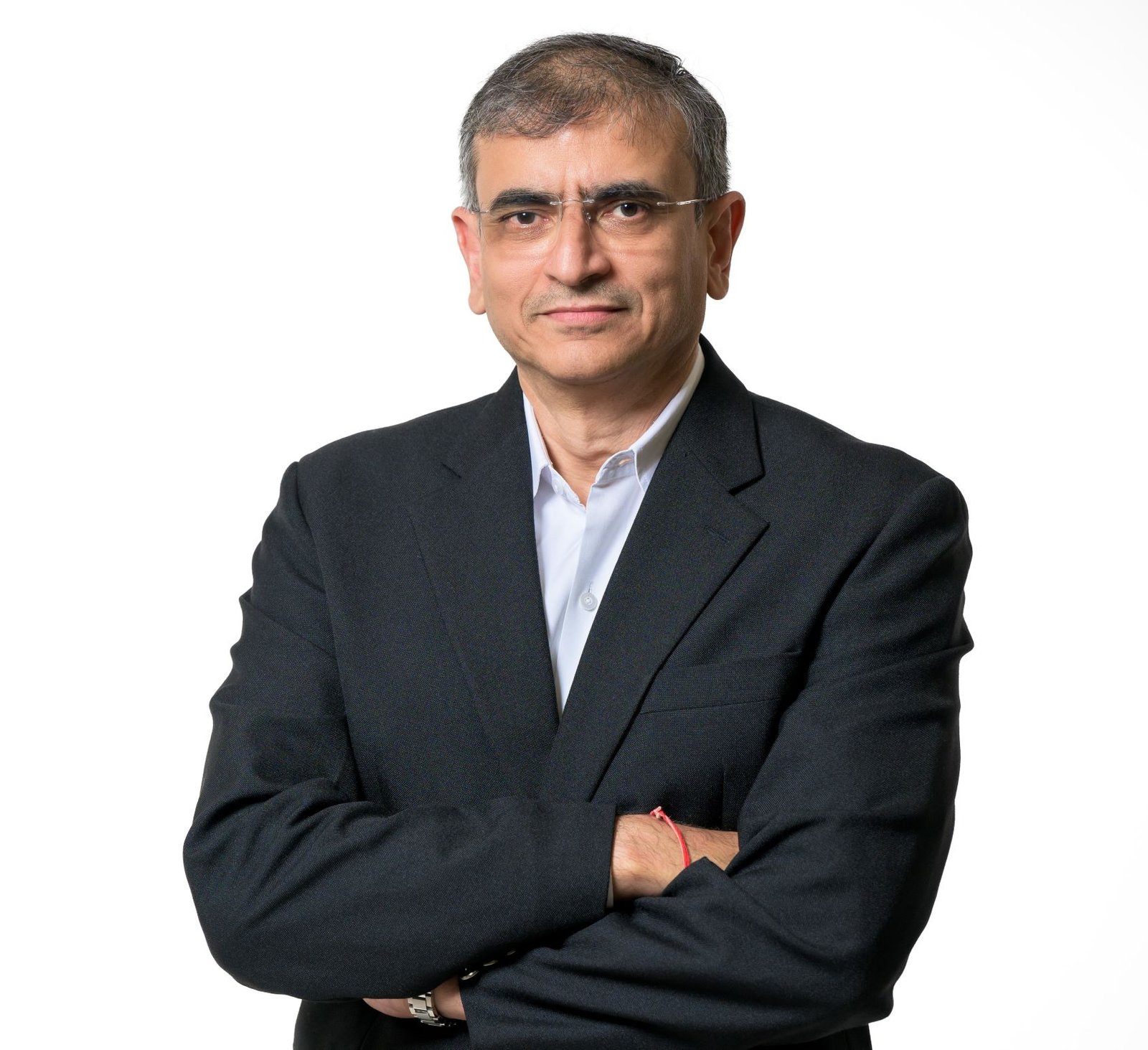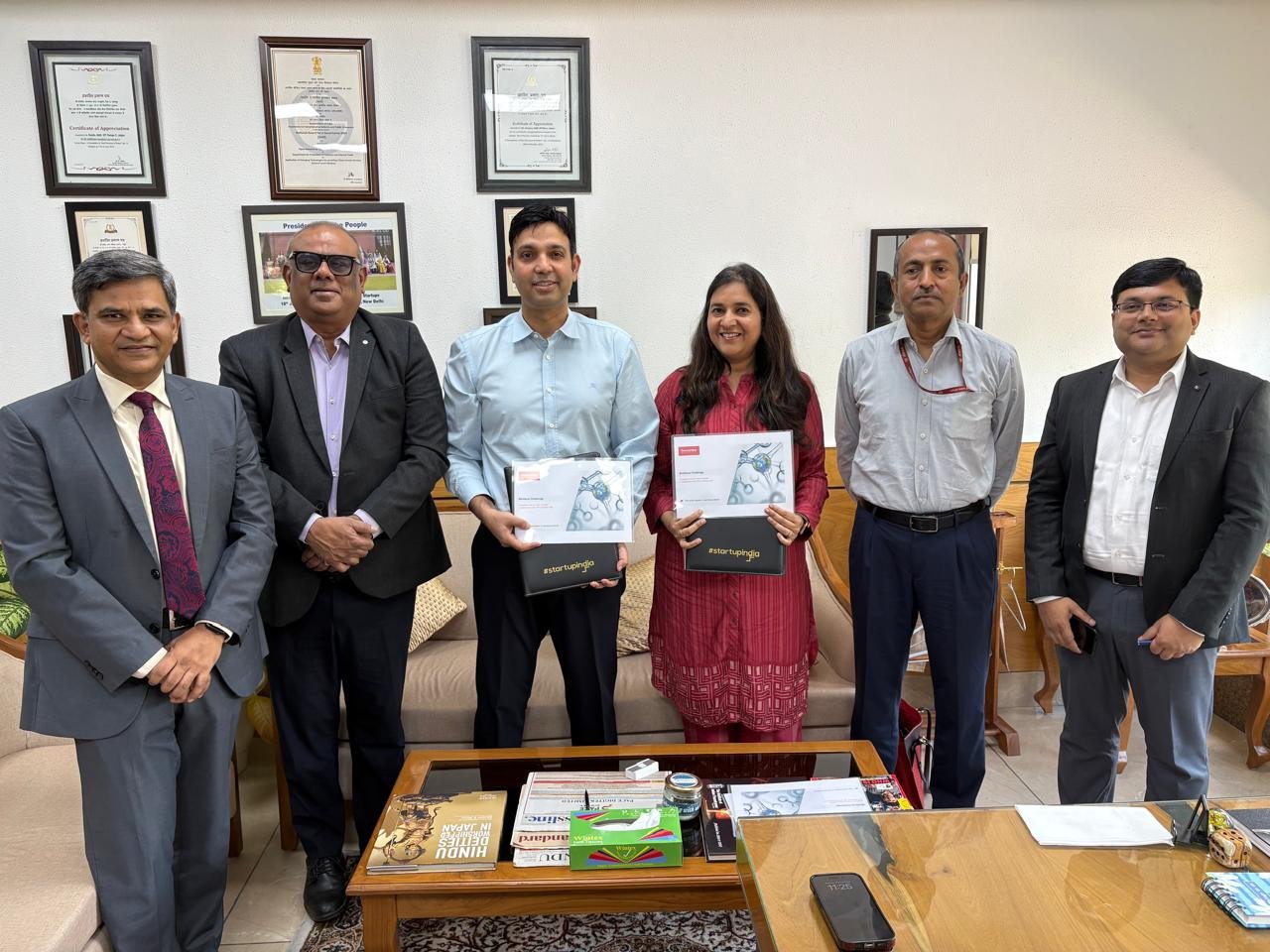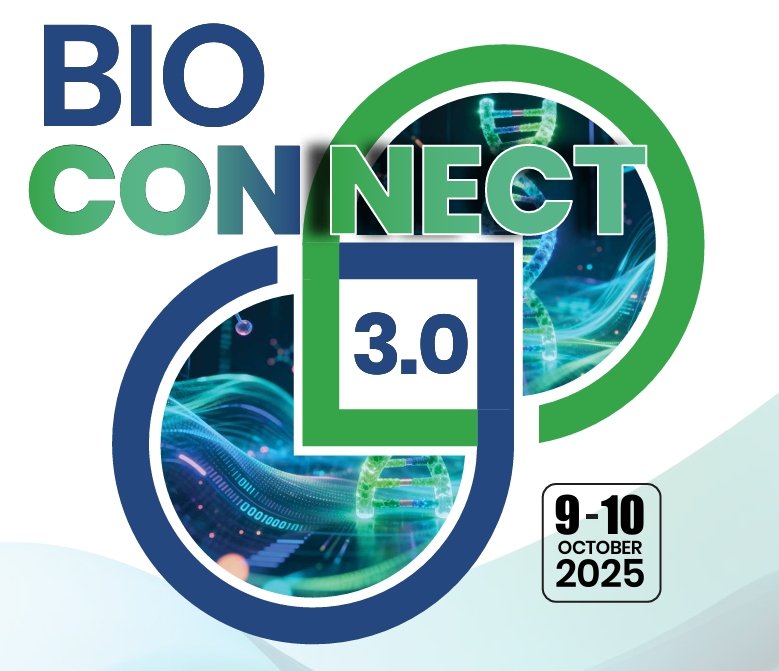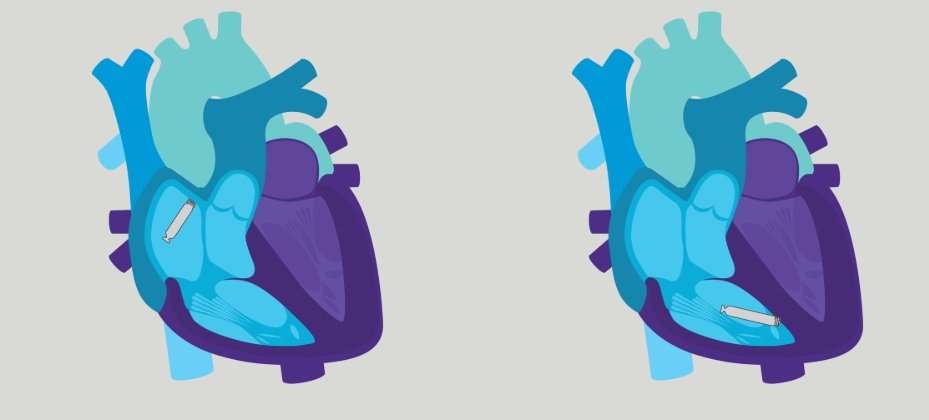OutBound Japan industry on the move
March 12, 2010 | Friday | News

Japan is the world's second largest economy and also the
second highest spender in healthcare in the world. A rapidly aging
population has burdened the healthcare system both in terms of funding
and facilities there.
For life sciences companies globally, the massive size of the Japanese
market is a considerable attraction. This gives Japan a distinct
advantage over other countries in the region such as Australia, Korea
and Singapore, where the industry is limited by their comparatively
smaller domestic markets.
The last decade has seen the Japanese pharmaceutical players ranking in
the top list of global pharmaceutical manufacturers. And in a bid to
perform more competitively on the world stage, some of the biggest
Japanese companies have merged to form Astellas Pharma, Dainippon
Sumitomo and Daiichi Sankyo.
According to Japan Pharmaceutical Manufacturers Association, the global
pharmaceutical market approximately doubled to $565.9 billion (Rs 26.19
lakh crore) between 1995 and 2005. Japan became the second largest
market after North America, with a market size of over $111 billion (Rs
5.13 lakh crore). A breakdown of these sales indicates that
prescription drugs consumed in Japan accounted for 64.4 percent of the
market and exports of prescription drugs to other countries accounted
for 15.8 percent. Thus, prescription drugs accounted for the bulk of
the market.
As a result of decrease in drug prices in recent years, growth of the
Japanese pharmaceutical market has been somewhat curtailed.
Consequently, expectations are high for overseas markets, particularly
the US, EU, China, India and other markets that are rapidly growing.
According to a Business Monitor International (BMI) report, generic
drugs account for less than 10 percent in Japan market. While China and
India account for 65 percent and 37.1 percent respectively. However,
BMI forecasts that the market share for these low-cost products in
Japan will double by 2010, adding almost $5 billion (Rs 23,142 crore)
in value to the sector.
The government too has implemented a generic substitution system to
increase the market share of generics to 30 percent in volume terms by
2012. In 2009, generic companies such as Sawai Pharmaceutical, Towa
Pharmaceutical and Nichi-Iko announced plans to introduce their
versions of a number of blockbuster drugs whose patents expire this
year. Foreign entrants to the generic market, such as
Israel's Teva, which formed a joint venture with Kowa Pharma,
are planning a more aggressive strategy that will involve marketing
around 200 generic drugs by 2015.
In June 2009, the Pharmaceutical Affairs Law was also revised and the
rule in regards to the sale of over the counter (OTC) drugs was
relaxed. The relaxed rule has resulted in increased competition in the
sector with reports of supermarkets and convenience stores reducing
prices by up to 20 percent.
Additionally, various industrial policies have been drawn up and
implemented that include 'Pharmaceutical Industry
Vision', Biotechnology Strategy' and
'Intellectual Property Strategy', but many issues,
including drug pricing system reform and consolidation of the clinical
trial system remain unresolved.
Giving importance to the IP scenario, the government is very supportive
in intellectual property. It has been laying more emphasis on
increasing the number of patent attorneys specialized in the areas of
life sciences and biotechnology. Major universities have liaison
offices for technology transfers. Even the education ministry has been
providing funds for intellectual property issues so as to support the
university professors to file patents through foundations set up at the
universities.
Biotechnology-a
leading sector
The Japanese biotechnology industry too has been making good progress
in recent years. Much of the impetus has come from the Japanese
government which has been providing considerable support to foster this
industry.
There are about 400 biotechnology companies in Japan. But the core
biotech companies are about 100 that are doing very well in the stock
market. The big pharmaceutical companies own these companies which have
a diversified product range. Besides the leading companies, there are
about 10–15 spin-off companies from the universities. To
remain stable, these companies have opted for the services model. They
are utilizing a part of their resources for the product development as
a long-term goal.
The industry's rapid development is a visible result of the
close cooperation between the Japanese public and private sectors and
academia. In 2007, the total market size of the Japanese biotechnology
industry was $19.5 billion (Rs 90,247 crore), a 10.8 percent increase
over 2006.
Biopharmaceuticals continue to be the mainstay of the Japanese biotech
market, accounting for 40 percent of the total market. Recombinant
protein drugs such as erythropoietin and interferon have the highest
market share in the biopharmaceuticals segment. Erythropoietin, the
largest selling product with a market size of around $1 billion (Rs
4,628 crore), is expected to show continous growth.
Although most of these biopharmaceuticals are produced in technical
collaboration with European and American companies, Japanese biotech
companies are now investing heavily in research to bring out their own
products and are eying various emerging areas. Regenerative medicine,
which promises to grow organs and tissues to eliminate the problem of
rejection that occurs with organ transplants, holds much interest for
Japanese companies. The other potential areas of growth are expected to
be protein drugs and glycobiology.
Currently, medical biotechnology is the leading sub-sector in Japan.
Medical biotechnology products account for over 30 percent of the
Japanese biotechnology market. Within medical biotechnology,
therapeutic antibodies have the highest growth potential. Japanese
pharmaceutical companies are eagerly seeking new drug candidates and
pipelines, identified or developed by overseas biotech companies, which
they can tap into in order to develop new drugs.
The
restructuring and change
From 2008 onwards there has been a spate of mergers and takeovers,
involving both foreign and local companies. Japan's
acquisitions market has seen surprising growth in recent times, as
generic drugs increase in popularity. Companies like Daiichi Sankyo,
Eisai, Astellas Pharma and Takeda have been aggressively expanding
their global operations.
The business integration from 2005 to 2007 of the two separate
companies to form the joint Daiichi Sankyo created one of
Japan's biggest pharmaceutical companies. Daiichi
Sankyo's move to acquire India's top drug maker by
revenues, Ranbaxy, is one of the biggest outbound M&As so far,
with a deal worth $5,326 million (Rs 24,651 crore). In the past, new
drug companies like Takeda and Sankyo did not have to care about
generic drugs, but now, for example, Daiichi's Ranbaxy buy
puts it onto the global generic drug market map. The move, which came
in June 2008, also gives Japanese drugs maker Daiichi Sankyo a foothold
in the US and Indian market.
The other biggest outbound deal in recent years is the Osaka-based
Takeda's acquisition of Massachusetts, US-based Millennium
Pharmaceuticals in 2008, a buyout worth $8.8 billion (Rs 40,730 crore).
Takeda is the largest pharmaceutical company in Japan and its patent on
stomach acid reducing drug Prevacid expired in November 2009 and while
diabetes drug Actos is losing patent in 2011.
As Japanese companies become global forces, a key challenge is to
integrate Japanese personnel with workforces overseas. Takeda
Pharmaceutical last year reorganized its corporate structure, as part
of its 2006-10 Medium-Term Plan vision to become a global
pharmaceutical company with highly integrated global operations. In
order to become more responsive to rapid changes in the global
operating environment and to maximize the global market potential of
new products and the company's global presence, the company
is streamlining executive reporting relationships to Yasuchika
Hasegawa, president, by creating corporate-level, center of excellence
R&D, commercial and administrative functions.
“Takeda is making meaningful changes in structure and
governance through this reorganization and the creation of the CSO,
EVP, International Operations, and CAO roles, which we believe will
further strengthen our global operations structure,� Hasegawa
said, in a company release.
The company is also setting up new commercial subsidiaries covering
Mexico, Turkey, Sweden, Norway, Denmark, Belgium and Luxembourg as part
of its strategic global expansion effort. The new subsidiaries will
strengthen Takeda's expansion efforts for products such as
Actos (pioglitazone), which the company bought back in October 2009.
For most of the leading Japanese pharma players, overseas business
comprises 45 to 60 percent of their revenue. For Astellas, overseas
sales for FY08 was 48.6 percent and for the second quarter of FY09 it
was 49.5 percent.
“Astellas' sales results for FY08 stood at $10.53
billion (Rs 48,731 crore), while our forecast is $10.64 billion (Rs
49,245 crore) (+1.1 percent). We plan to formulate a new five-year
medium-term management plan to begin in FY2010 ending March 31, 2011.
The scheduled announcement for the plan is May 2010. Therefore we are
unable to provide the envisaged future growth,“says a senior
spokes person from Astellas Pharma Japan headquarter who did not wish
to be named.
Sharing information about the regions providing better growth rates for
Astellas, the person quotes, “We had good sales performance
in Japan, Asia, the US and EU on each currency basis in FY08. In
addition, we are focusing on emerging market as well. We established
our affiliates in India in November 2008 and in Brazil in July
2009.�
Eisai too seems to be on a globalization spree. The company acquired
two US companies in recent years-Morphotek in 2007 and MGI
Pharma in 2008. The company went on setting up two knowledge centers
2009-one in Europe and the other in India. The India
facility, which is an investment of $50 million (Rs 231.41 crore), is
the second facility after Japan that will cater to the global market.
The facility, which is scheduled to start full scale operations by
September 2010, will be Eisai's first base to integrate
active pharmaceutical ingredients (APIs), formulation manufacturing and
API process research on one site.
According to Sanjit Singh Lamba, president, Eisai Pharmatechnology and
Manufacturing India, “We are operating a globalization
strategy. This new facility would emerge as the global hub for
R&D, formulations and API manufacturing. The center is aimed at
stimulating the knowledge creation between the researchers and the
production team.� Eisai has production facilities in Japan,
UK, the US, China, Taiwan, Indonesia, and R&D facilities in
Japan, UK and the US.
Therefore, after years of indifferent performances and an expiring
product pipeline, the Japanese industry is on the move. The mergers,
acquisitions and globalization strategies are an indicative of a
corporate restructuring which has fundamentally changed the Japanese
industry. Many see the future for the Japanese companies as that based
on innovative R&D and in export markets. In a ranking of
pharmaceutical companies that developed the top 100 products in terms
of global sales, Japanese-based firms today are in the third position
after those of the US and UK.
Jahanara
Parveen in Bangalore


 Japan is the world's second largest economy and also the
second highest spender in healthcare in the world. A rapidly aging
population has burdened the healthcare system both in terms of funding
and facilities there.
Japan is the world's second largest economy and also the
second highest spender in healthcare in the world. A rapidly aging
population has burdened the healthcare system both in terms of funding
and facilities there. 